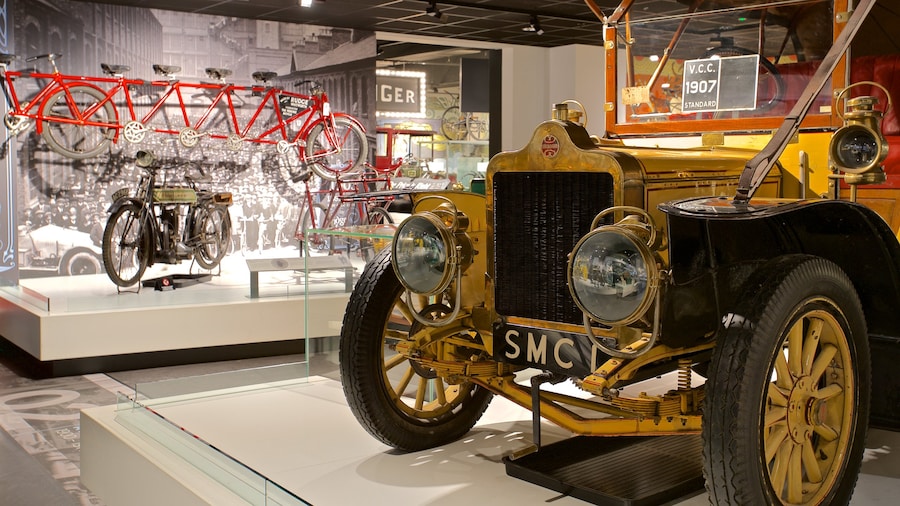The Lady Godiva Statue commemorates the 900-year-old myth of Godiva, Countess of Mercia. It gives an impression of an event that supposedly took place on Coventry’s market day when an aristocratic woman rode naked on horseback through the city streets.
Godiva was the wife of Leofric, Earl of Mercia, an infamous lord who imposed an oppressive tax on Coventry’s people in order to fund King Canute’s security. Godiva objected to Leofric’s actions but for him to stop he said that she’d have to ride naked on a horse. Leofric was confident that shy Godiva wouldn’t go ahead with the challenge however, her hair was long enough to cover much of her body. Surprised by the miraculous incident, Leofric liberated the city from the taxes.
A local benefactor commissioned the Scottish sculptor Sir William Reid Dick to design the statue. Unveiled in 1949, it formed part of the regeneration of the city after it was flattened by German bombings. It has a bronze representation of Godiva’s exposed body, and her long, flowing hair, sat in the sidesaddle position. The base of the statue is a rectangular stone plinth engraved with a brief description of the story.
The statue originally looked toward the clock tower of Broadgate House so that it could be watched by a 17th-century fabled character called Peeping Tom. While the rest of the townsfolk stayed inside to respect Godiva, Peeping Tom is believed to have watched. Today the statue stands on the same axis as Coventry Cathedral.
You can discover more about Lady Godiva at the Herbert Art Gallery and Museum. Its exhibition dedicated to the tale features paintings by Adam van Noort, David Gee and Sir Edwin Landseer. Above the southern entrance to the walkway on Hertford Street is a sculpture of Peeping Tom.
Situated on Broadgate shopping precinct, the Lady Godiva Statue is about a 10-minute walk from both Coventry Train Station and Pool Meadow Bus Station. There are several metered car parks within walking distance.














